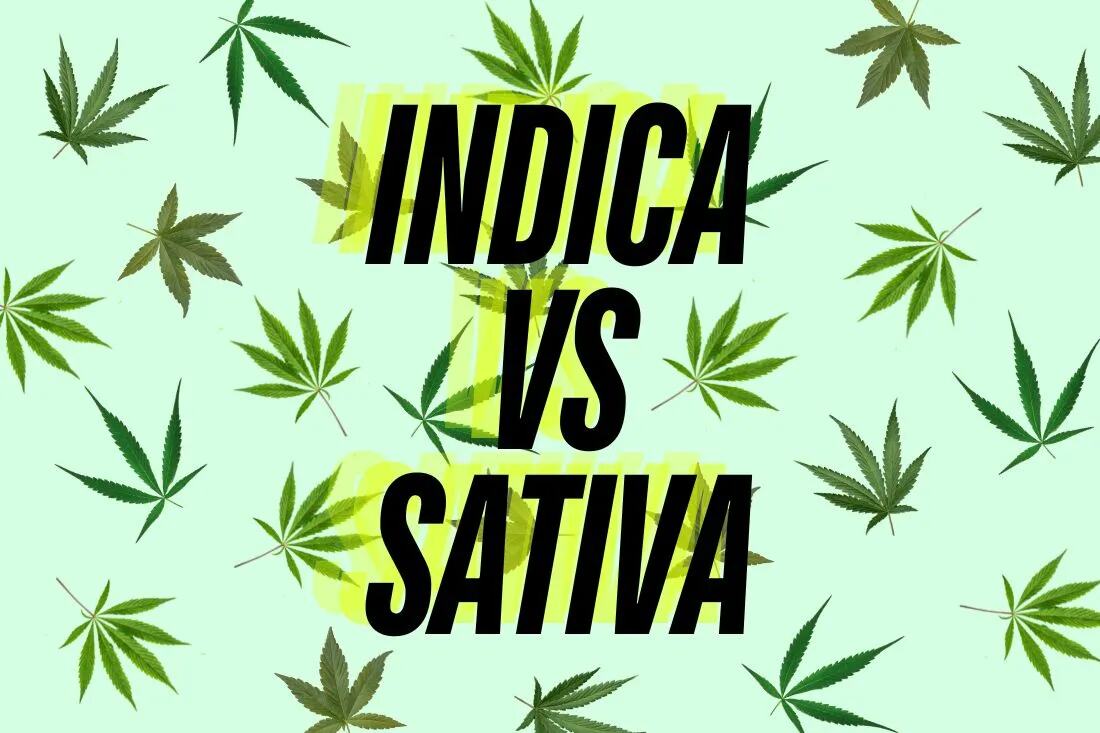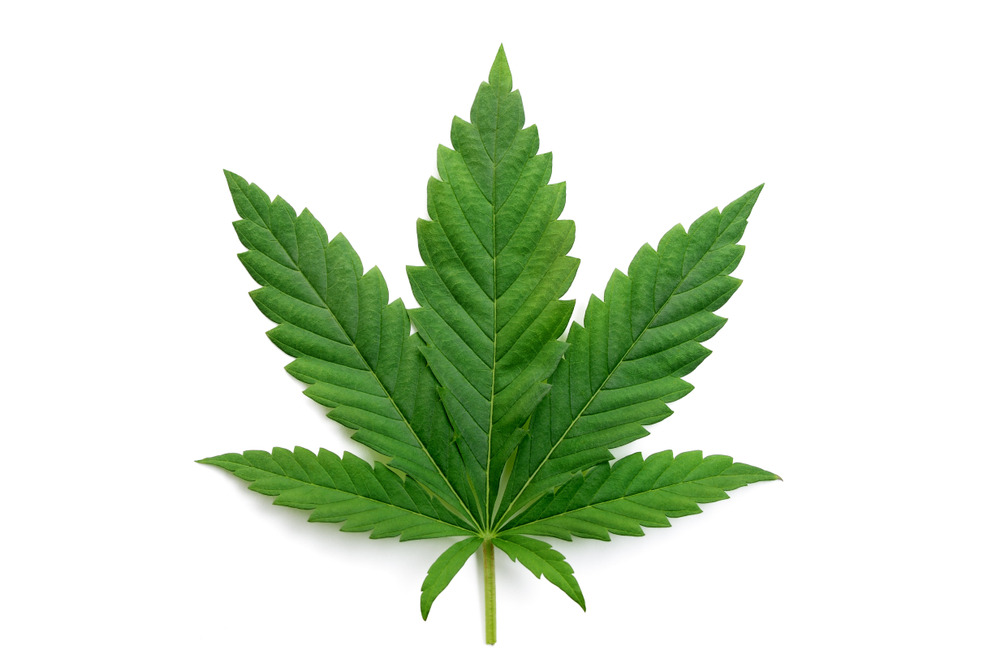The Best Fluffy Pancakes recipe you will fall in love with. Full of tips and tricks to help you make the best pancakes.

Indica vs Sativa: What Are the Differences?
When it comes to cannabis, one of the most common questions you’ll hear is about the difference between Indica and Sativa strains. As a grower, I’ve seen firsthand how these two types of marijuana plants differ—not just in how they grow, but in the effects they produce. This guide will break down everything you need to know about these popular cannabis varieties, whether you’re trying to figure out which weed strain to grow or what to smoke.
Understanding the Basics of Indica and Sativa Strains
When you hear “Indica” and “Sativa,” these are the two major families in the world of weed. While they’re often associated with different effects, it’s not that simple.
What is Indica?
Indica strains are usually known for their relaxing, body-focused effects. I like to think of Indica as the strain that puts you on the couch after a long day. It’s perfect for chilling out, easing stress, or prepping for a great night’s sleep. Indica plants are typically shorter and bushier than Sativa, with broader leaves.

What is Sativa?
Sativa, on the other hand, is like your morning cup of coffee. It’s the type of weed that makes you feel energized, creative, and social. Sativa strains tend to be taller and have thinner leaves, making them great for outdoor growing. If you want a daytime marijuana strain to keep you buzzing, Sativa is your go-to.

Historical and Botanical Differences Between Indica and Sativa
Indica strains originated from cooler climates like the mountains of India, Afghanistan, and Pakistan. These hardy plants adapted to survive tough conditions, which is why they’re shorter and denser. Sativa plants, however, hail from warmer regions like South America and Southeast Asia, making them taller and more spread out to soak up the sun.
Physical Differences Between Indica and Sativa Plants
When you’re growing cannabis, it’s pretty easy to tell if you’ve got an Indica or Sativa just by looking at the plant. The physical differences are clear right from the start.
Plant Size and Shape
Indica plants are short and stout, often growing no taller than 3-6 feet, which makes them ideal for indoor growing. Sativa plants, though, can shoot up to 12 feet or more if you let them! They’re tall, with long branches that stretch toward the sun.
Leaf Shape and Color
Indica leaves are wider and darker green, while Sativa leaves are narrow and lighter in color. If you’ve ever seen a pot leaf on a T-shirt, it’s probably a Sativa leaf—those slim, finger-like leaves are iconic.
Growing Conditions and Environment Preferences
Indica strains thrive in cooler, more controlled environments, making them perfect for indoor grow operations. Sativas, on the other hand, love the sun and need a lot more light, so they do best in outdoor setups where they can stretch out and reach for the sky.
The Effects of Indica vs. Sativa on the Body and Mind
Here’s where most of the confusion comes in: what these strains actually do to you when you consume them. It’s a bit more complex than just Indica = sleepy and Sativa = energetic, but that’s the general idea.

Effects of Indica: Sedative or Relaxing?
Indica is like your chill-out buddy. It’s perfect for when you want to unwind, ease muscle tension, or even help with sleep. I’ve found Indicas to be super helpful for those times when you just need to shut off the world for a while.
Effects of Sativa: Uplifting or Energizing?
Sativa is your creative partner. If you’re looking to feel inspired, stay productive, or just get a mental boost, a good Sativa strain will get you there. You’ll feel more energized and uplifted—great for social situations or tackling creative projects.
The Role of Terpenes and Cannabinoids in Differentiating Effects
What actually makes Indica and Sativa different in terms of effects are the terpenes and cannabinoids inside the plant. Terpenes are the aromatic compounds (think citrus, pine, or lavender) that influence how a strain makes you feel, while cannabinoids like THC and CBD also play a role in how the high hits you.
When to Choose Indica vs. Sativa
Knowing when to go for Indica or Sativa depends on what you’re looking to get out of your marijuana experience. Here’s a cheat sheet for choosing between the two.
Best Times to Use Indica (Relaxation, Sleep, etc.)
If it’s nighttime and you’re ready to hit the couch or fall asleep, Indica is your best friend. It’s great for winding down after a long day or dealing with anxiety and insomnia. Think of Indica as your chill pill.
Best Times to Use Sativa (Focus, Energy, etc.)
Sativa is best for daytime use. If you’ve got things to do or you just want to feel more focused and alert, grab a Sativa strain. It’s ideal for mornings, creative work, or hanging out with friends.
How Your Personal Preferences and Tolerance May Affect Your Choice
Some folks might love the effects of Sativa while others find it makes them too jittery. Similarly, an Indica might knock you out, while someone else could feel just mildly relaxed. Your tolerance and personal needs play a huge role here, so it’s worth experimenting to find your sweet spot.
The Myths and Misconceptions Around Indica and Sativa
There’s a lot of hype around Indica vs. Sativa, but not everything you hear is 100% accurate. Let’s bust some myths.
Is the Indica vs. Sativa Dichotomy Outdated?
Some experts argue that the classic Indica vs. Sativa distinction is outdated. Nowadays, what really matters is the chemical profile of the strain—its terpenes and cannabinoids—rather than whether it’s an Indica or Sativa.
The Role of Hybrids in Modern Cannabis
Most strains you’ll find today are hybrids, a mix of Indica and Sativa genetics. These hybrid strains can give you the best of both worlds, like an energetic high that also relaxes your body. I find hybrids to be a great option when you don’t want to commit to one side of the spectrum.
The Importance of Chemotypes Over Strain Names
Instead of relying solely on strain names, you should focus on the chemotype, which includes the THC-to-CBD ratio, the terpene profile, and other cannabinoids present. This info tells you more about how a strain will affect you than whether it’s labeled Indica or Sativa.
Indica vs. Sativa: A Practical Guide for Consumers
Now that you know the basics, let’s talk about how you can make sure you’re picking the right weed strain for your needs.
Reading Labels and Product Descriptions
Always check the labels and product descriptions. Most products will tell you whether a strain is Indica, Sativa, or Hybrid, along with its THC and CBD content. Look for detailed descriptions of the effects as well.
Consulting With Budtenders and Medical Professionals
Don’t hesitate to ask for help! Budtenders are pros at guiding you to the right strain for your specific needs, whether it’s for pain relief, anxiety, or just having a good time. If you’re using marijuana for medical reasons, consulting a healthcare professional is a smart move.
Experimenting With Different Strains to Find What Works for You
There’s no one-size-fits-all answer when it comes to cannabis. The best way to figure out what works for you is to try different strains. Start with small doses, and see how your body and mind react. Over time, you’ll get a feel for whether you’re an Indica lover, a Sativa fan, or somewhere in between.
FAQ
What’s the main difference between Indica and Sativa?
Indica strains are relaxing and body-focused, while Sativa strains are energizing and mind-stimulating. Indica is good for nighttime, Sativa for daytime.
Which strain is better for anxiety, Indica or Sativa?
Indica is typically better for anxiety because it has more calming, sedative effects that help to ease tension and stress.
Can you mix Indica and Sativa strains?
Yes, mixing them creates a hybrid effect that combines the relaxing qualities of Indica with the uplifting effects of Sativa.
How do I choose the right strain for my needs?
Start by identifying whether you want relaxation (Indica) or energy (Sativa), then experiment with different strains and doses to find what works best.
Are the effects of Indica and Sativa the same for everyone?
No, the effects can vary based on your body’s chemistry, tolerance, and the specific strain’s terpene and cannabinoid profile.
Choosing between Indica and Sativa comes down to what you’re looking for—whether you want to relax or stay energized. While the differences are clear, modern hybrid strains often mix these two varieties to create unique effects. So, take the time to experiment and find what works for you. Happy growing (and toking)!
